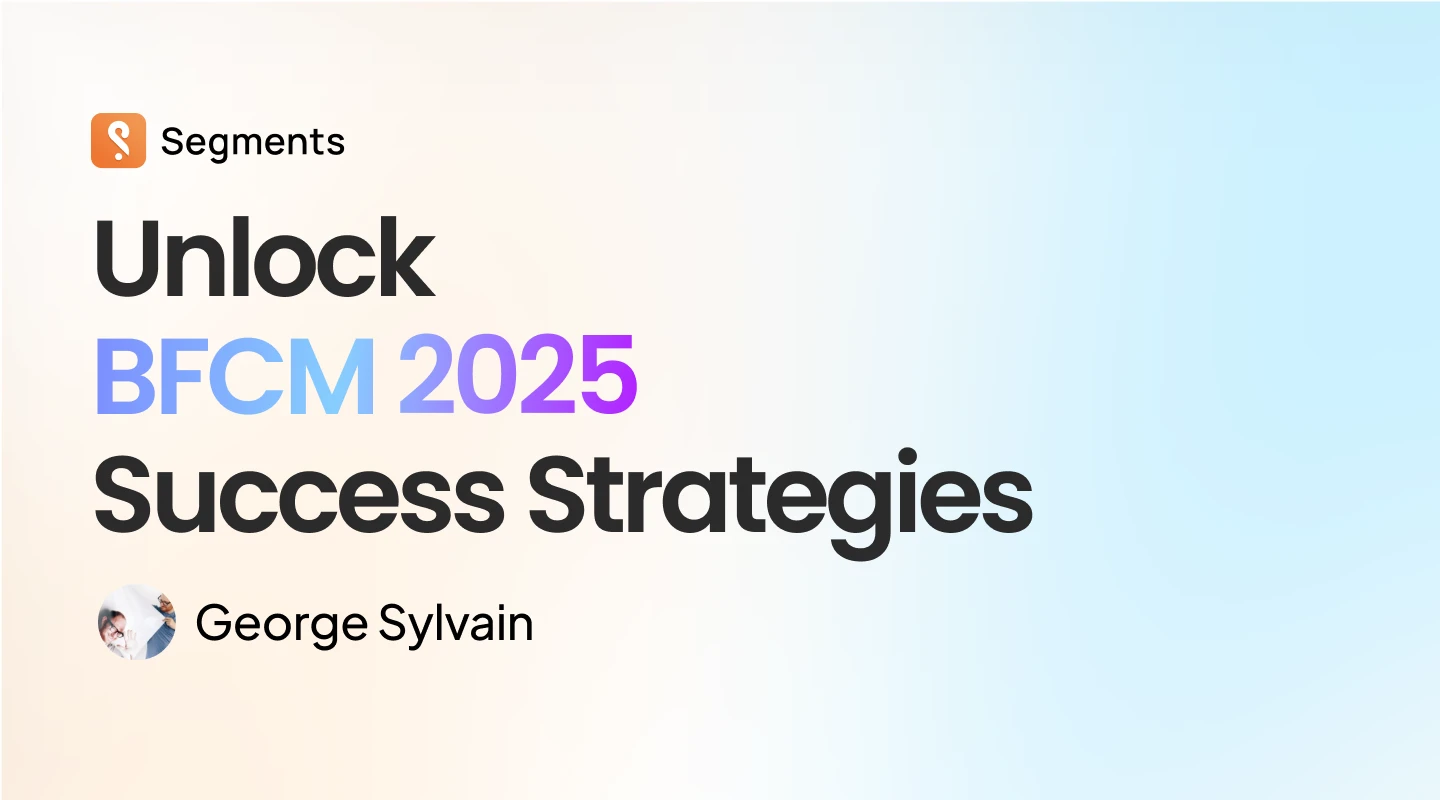
Black magic that has powered retail and logistics operations for generations.
Understanding of past events to predict future sales 📈📊 is fundamental to retail and ecommerce operation optimization.
Before you accurately measure your pricing and promotion effects, inventory planning feels like guesswork. Worse yet, if you falsely attribute the effects, it could lead to erosion of margins and lost sales.
Demand Forecasting is the exercise of estimating future sales by measuring pricing, promotion, seasonality, and holiday effects. Not only does it help with inventory planning and negotiations, but it measures how customers respond to your pricing and promotion efforts to help optimize marketing efforts. Finally, with a deeper understanding of your holiday effects, you can prevent stockouts from leaving money on the table during crucial times of the year.

What is demand forecasting
Well, there are two parts to this — what is demand and what is forecasting.
Demand is the quantity of a good that consumers are willing to pay at various prices during a given period. Broadly speaking, demand is what people want. At its current price, Tesla Model 3 is forecasted to sell between 370,000 to 420,000 units in 2019. If you were to raise the prices by 50%, then that number is likely to drop significantly. How much it drops is measured by a metric we call the elasticity of demand which we will get into later.
Forecasting is the exercise of estimating the future outcome of events in a given period. When you put demand and forecasting together, suddenly they become a compelling concept. Can you tell me how much I’m likely to sell in the near future?
Of course, the real demand for something is unknowable, because you can’t survey everyone. You could get somewhat close to that on Facebook, which has a third of the world’s population on it — that’s why it’s so powerful. Secondly, demand usually lags supply. If you only had 500 t-shirts to sell, and you sold out within 30 minutes, how do you truly know how much demand there is? Nevertheless, demand forecasting remains a powerful tool to help ecommerce stores understand customer behavior around prices, promotions, and how much to plan for when BFCM (Black Friday Cyber Monday) comes around.
Why should I care about demand forecasting?
As we’ve just discussed, not everyone will be aware of your products and services. However, if you’ve got your acquisition channels set up correctly, you should be sending people to your websites consistently on a month to month basis.
Out of 100 people who visit, 60 bounce right away, 30 people clicked around, 10 people have add-to-carts, and finally, 3 people completed the check out process. So what is demand? Well, the actual demand is the 3 people who paid money in exchange for goods or services, but perhaps we can consider the 10 people who have add-to-carts as potential demands.

Maybe they didn’t go through with the purchase because they didn’t like the price. Or the shipping cost was too high. Or the delivery time was too long. Or, they just changed their mind and found something better. What this then allows you to do is to test your pricing and promotion offers to the potential and future demands to see how it might help with conversions. After collecting information about your customers’ demand for your products at different price and promotion levels, you can start forecasting your future sales based on your potential demand using traffic data. Improved sales forecasting can be a very powerful planning tool during negotiations with your suppliers. Imagine *never* leaving money on the table again when people have their credit cards out ready to buy with no inventory to sell. Lastly, you can stock inventory ahead of time, thereby reducing delivery time and provide a better experience for your customers.
What demand forecasting can do for me
Demand forecasting is not only about understanding how much sales there will be, but also about understanding your business. Is it better to show $39 as the sale price with $49 as the original price, or offer a $10 offer coupon? How much do you expect to sell with you offer 15% off vs. 25% vs. 50%? When Black Friday Cyber Monday rolls around the corner, how much sales should I expect so I can prepare?
How to get started? Well, demand forecasting typically involves statistical or machine learning models to explain the effects of pricing, promotion, seasonality, and holiday as they relate to sales.
Price effects are measured by price elasticity, which is just the ratio of the change in unit volume relative to a change in price. If we drop the price of a product by 10% and the volume increases by more than 10%, than the ratio is greater than 1, and we say the product is elastic. If the ratio is less than 1, then we call it inelastic. Most consumer products are elastic, and an example would be toilet paper, people tend to buy more of it when it’s on sale. Conversely, most prescription drugs are inelastic, and an example would be insulin, where people with diabetes have to buy it regardless of the price.
Promotion effects are measuring the change in sales volume relative to the levels of promotions: 10, 25% offs, or different types of advertisements like buy 1 get 1, or free shipping offers.
Seasonality effects are the cyclical movements in sales volume that occurs throughout the year, and usually measured in weeks or months, and sometimes days. These cycles typically reflect spending behaviors relative to people’s wallets. You might notice higher sales at the beginning of the month when people have more disposable cash, followed by reduced sales towards the end of the month when bills are due.

Lastly, holiday effects usually take shape in a sharp increase in sales volume over a short period, such as Black Friday, Christmas, Labor Day, July 4th, etc. Not only do most stores have promotions planned around these times, but consumers are also expecting to take advantage of these sales and are in a buying mindset. Depends on your product collections, certain holidays might be more relevant to you, such as jewelry or romantic products around valentine’s day. It’s essential to measure the effects mentioned above in coordination, to be able to tell what is driving the changes.
Of course, there are also external factors you can’t control, such as macroeconomics, politics, trade wars, and such which affects everyone. But the better you can understand your prices and promotion effects, the more likely you’ll be able to get reliable forecasts.
Summary
We discussed the benefits of demand forecasting and what effects should go into measuring your demand. Nailing down your forecasts will provide you a useful tool for inventory planning and negotiations. Measuring the impact of your pricing/promotions will help you optimize your marketing offers to the right people. Forecast seasonality/holiday effects can help you to prevent stock-outs during crucial times of the year.
Finally, data is power, and we want to give ecommerce data powers back to the people. Check out our Shopify analytics app Segments and start growing with your data today!







